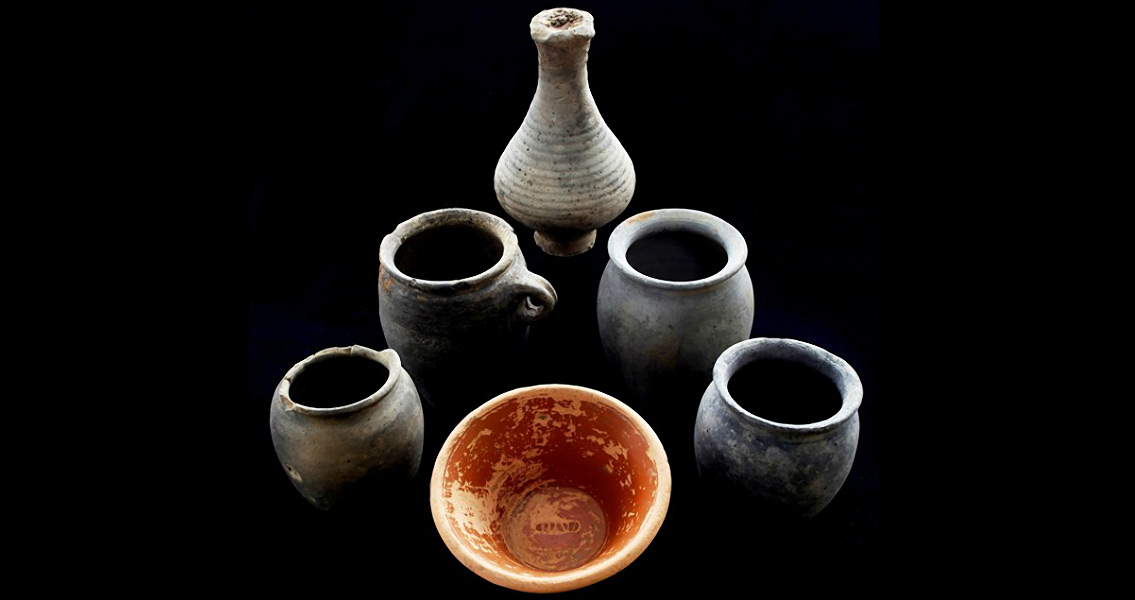<![CDATA[Construction work to upgrade the A1 into a major motorway in North Yorkshire has resulted in the unearthing of several artifacts, some dating to the Roman age. Discoveries made by the 60-person strong archaeological team scouring the construction site include a miniature sword and a Roman brooch, thought to have originated from the Eastern European region that would have been known at the time as Pannonia. The Roman-period geographical area included large swathes of modern-day Serbia, Croatia, Slovenia, Austria and Hungary. The brooch, which is in the shape of a cicada, is the first artifact from Pannonia ever to be discovered in the UK. This is not the first significant find made by the archaeological team attached to the Highways England scheme to improve the A1 between Barton and Leeming Bar. The project has been running for the last two years, and as construction efforts continue apace to establish one additional lane in both directions, researchers sieving through upwards of 50 tons of sediment along the route have reclaimed in excess of 177,000 artifacts. These archaeological finds have been dated to not just the Roman period but through the Iron Age and the Middle Stone Age periods as well. The other recent find, the miniature sword, was discovered while excavating Scotch Corner at the junction of the A1 and the A66. Thought to have been used either as a small pocket knife or perhaps even an offering to the gods, the sword comes complete with a bone handle, a scabbard constructed of a copper alloy, and an iron blade. Other small personal possessions such as ceramic pots have also been discovered throughout the dig, with several examples of grave goods having been exhumed from the Roman-era cemetery located at the ancient Roman settlement of Bainesse. A large proportion of the work has been centered around the ancient Roman road known as the Great North Road. The current A1 runs alongside this historic road, which has been a major route for trade and commerce since the Roman colonization of the British Isles. In an interview in Heritage Daily, Highways England’s project manager Tom Howard remarked with fascination on how the Romans were using the A1 route nearly two millennia in the past as a major strategic route – and that they would have used the latest and most current engineering technologies to improve the path, much as Highways England is doing with the A1 today. The archaeologists are planning to move from the site of their most recent findings by the end of February, though they do plan to continue their analysis of the findings beyond that date. Many of the artifacts uncovered by the construction efforts will be put on display within North Yorkshire courtesy of the York Museum Trust. Image courtesy of Highways England]]>
Ancient Artifacts Unearthed From British Roadwork
